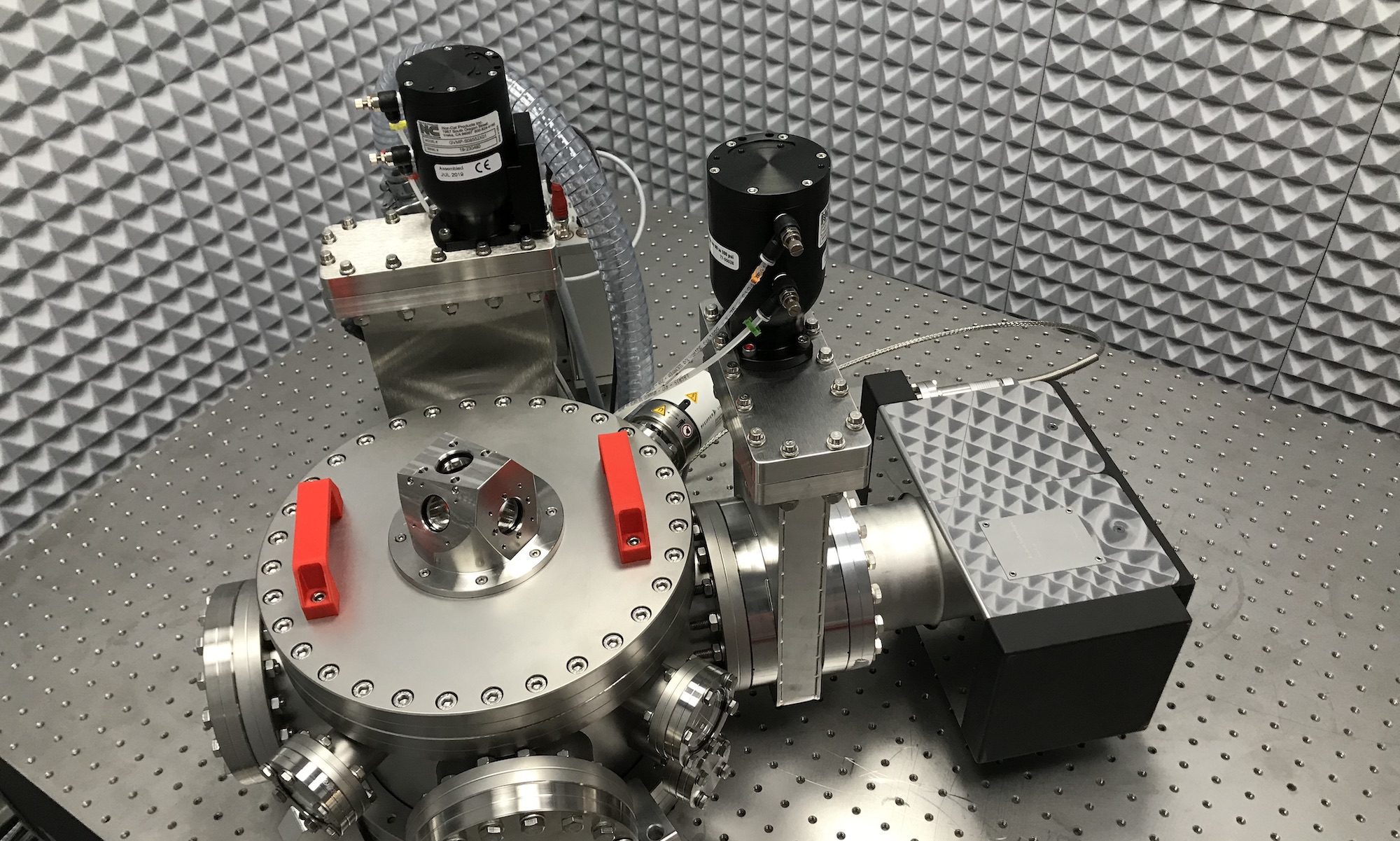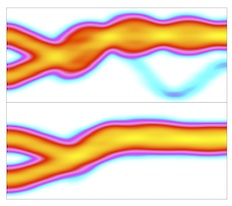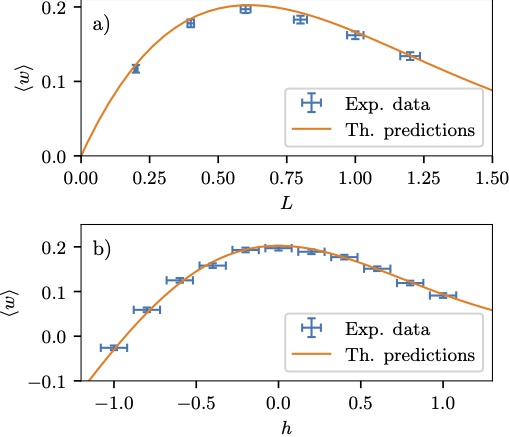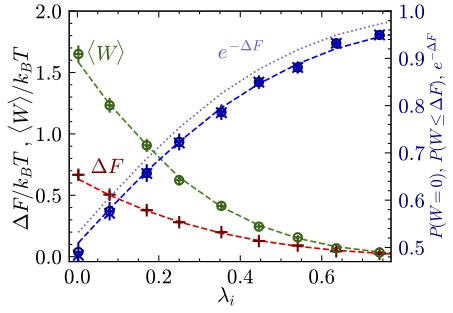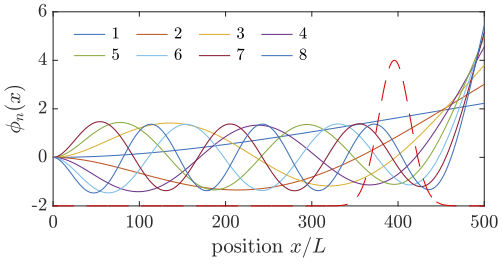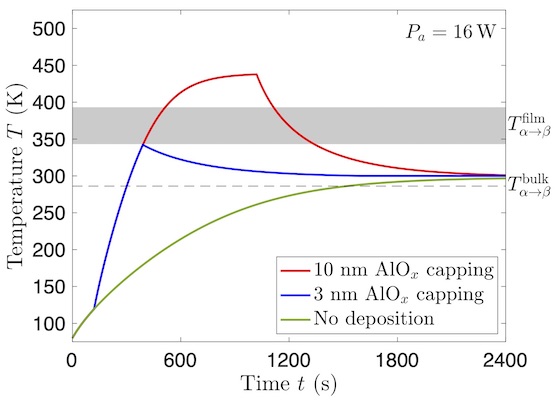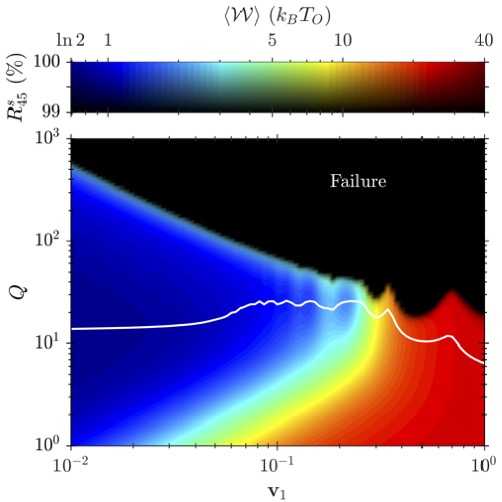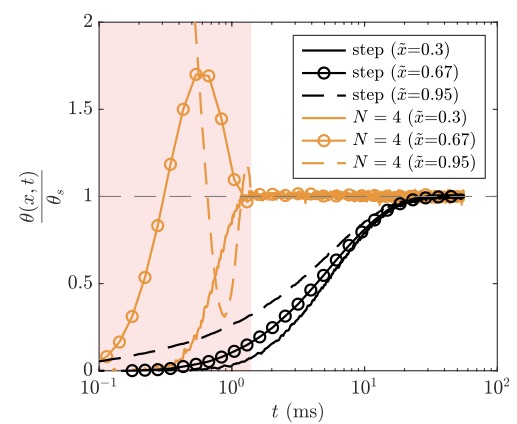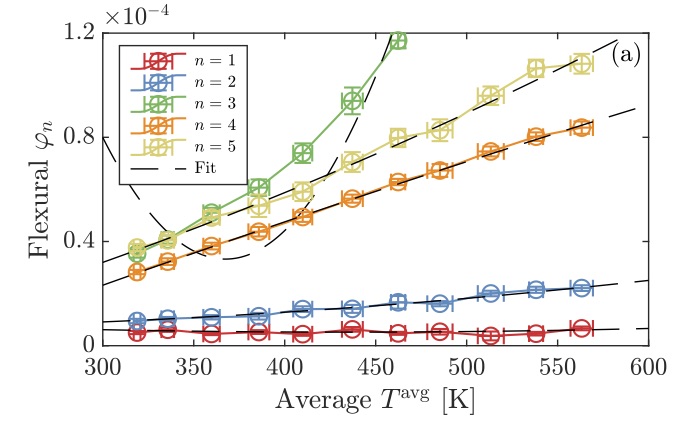Aubin Archambault, Caroline Crauste-Thibierge, Alberto Imparato, Christopher Jarzynski, Sergio Ciliberto and Ludovic Bellon, Phy. Rev. Lett. 135, 147101 (2025)
CNRS Press release: en français | in English
[article] doi: 10.1103/s9kj-lczm
[dataset] doi: 10.5281/zenodo.16928293
Using a mechanical cantilever submitted to electrostatic feedback control, we investigate the thermodynamic properties of an information engine that extracts work from thermal fluctuations. The cantilever position is rapidly sampled and the feedback is triggered by the first passage of the system across a fixed threshold. The information ∆I associated with the feedback is based on the first-passage-time distribution. In this setting, we derive and experimentally verify two distinct fluctuation theorems that involve ∆I and give a tight bound on the work produced by the engine. Our results extend beyond the specific application to our experiment: we develop a general framework for obtaining fluctuation theorems and work bounds, formulated in terms of probability distributions of protocols rather than underlying measurement outcomes.
